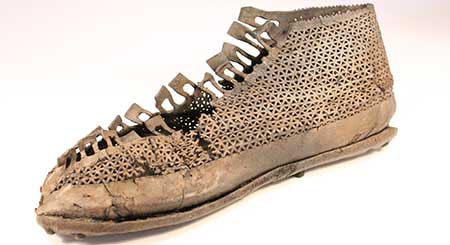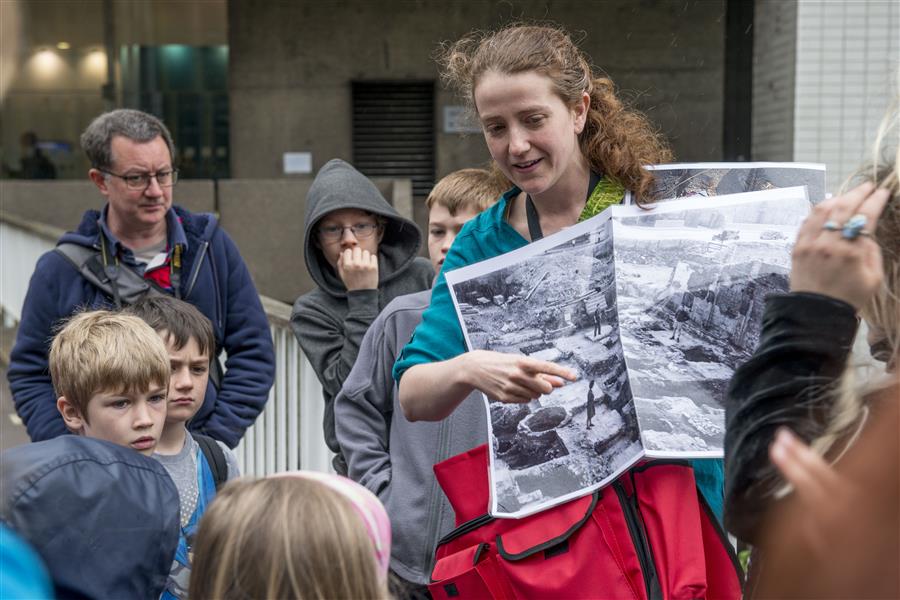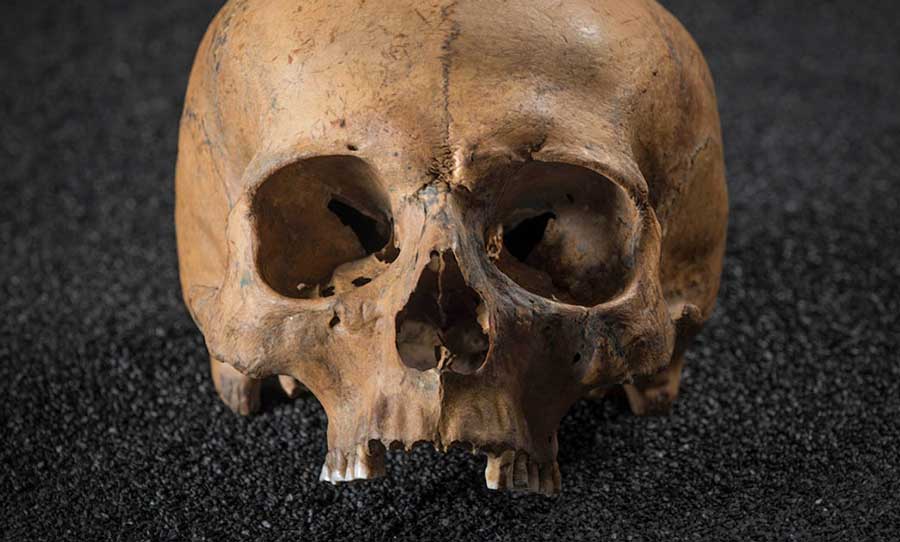Roman London
AD 50-410
The gallery is open during the museum's normal hours:
The gallery is on the entrance floor and can be accessed by lift.


Walk the streets of old Londinium from the lost fort to the hidden amphitheatre.
Book now

We offer a range of interactive sessions for schools to help students learn about the Romans.
Book a school visit